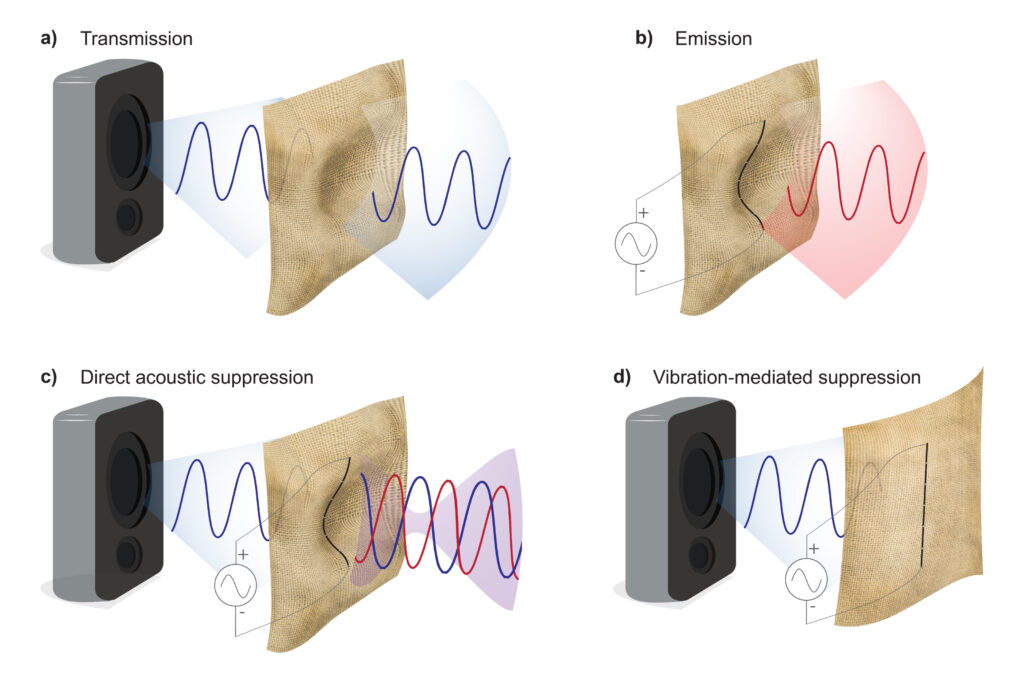
Noise pollution is a pervasive issue in modern life, impacting our well-being and productivity. Whether it’s traffic noise, construction sounds, or even loud conversations, unwanted noise can be disruptive and stressful. Fortunately, soundproofing materials offer an effective solution to minimize noise intrusion and create more peaceful environments. These specialized products are designed to absorb and dampen sound waves, effectively reducing noise transmission in both directions.
This article will delve into the world of soundproofing, exploring the science behind it, the various types of materials available, their benefits, and practical applications. We’ll also provide insights on how to create a quieter and more enjoyable living or working space using soundproofing techniques.
Soundproofing Materials Explained
Soundproofing involves reducing the transmission of sound waves through walls, ceilings, floors, and other structural elements. It works by interrupting the path of sound waves, preventing them from traveling efficiently. Soundproofing materials achieve this by absorbing, reflecting, or diffusing sound energy.
When sound waves encounter a soundproofing material, they are either absorbed into the material itself, converted into a different form of energy (like heat), or reflected back in a scattered manner. This disruption prevents the sound waves from traveling unimpeded and significantly reduces the noise level on the receiving side.
Types of Soundproofing Materials
A wide range of materials can be used for soundproofing purposes, each with its own unique properties and effectiveness. Some common types include:
- Acoustic Foam: This lightweight foam material is highly effective at absorbing sound waves, particularly in the mid- to high-frequency range. It’s often used in recording studios, home theaters, and offices to reduce echoes and reverberation.
- Mass Loaded Vinyl (MLV): This dense, heavy vinyl sheet is excellent at blocking sound transmission through walls and ceilings. Its high mass density prevents sound waves from vibrating the structure and passing through.
- Mineral Wool: Made from natural fibers like rock or slag wool, mineral wool offers both sound absorption and insulation properties. It’s commonly used in building construction to reduce noise transfer between rooms.
Other Soundproofing Materials:
- Green Glue: A viscoelastic compound that is applied between layers of drywall to dampen sound transmission.
- Acoustic Panels: These panels are typically made from wood, fabric, or fiberglass and are designed to absorb sound waves in a specific frequency range. They can be used on walls, ceilings, or even furniture to improve acoustics.
Benefits of Soundproofing
Soundproofing offers numerous benefits for individuals, businesses, and communities:
- Reduced Noise Pollution: By minimizing noise intrusion, soundproofing creates a more peaceful and relaxing environment, reducing stress and improving overall well-being.
- Improved Focus and Productivity: In workplaces and study spaces, soundproofing can help eliminate distractions and create a more focused and productive atmosphere.
- Enhanced Privacy: Soundproofing helps to maintain privacy within homes and offices by preventing conversations and other sounds from traveling between rooms or spaces.
Applications of Soundproofing
Soundproofing techniques are widely used in various settings:
- Residential Homes: To reduce noise from neighbors, traffic, or household activities.
- Apartments and Condominiums: To minimize sound transfer between units and create a more peaceful living experience.
- Recording Studios: To achieve optimal acoustic performance by controlling reflections and reverberation.
- Home Theaters: To create an immersive audio experience by minimizing external noise interference.
- Offices and Workspaces: To improve focus, productivity, and privacy in open-plan offices or shared work environments.
Creating a Quieter Environment
Implementing soundproofing measures can significantly reduce noise levels and enhance your living or working space:
- Identify Noise Sources: Determine the primary sources of unwanted noise to target specific areas for treatment.
- Seal Air Leaks: Use weatherstripping, caulk, and door sweeps to seal gaps around windows, doors, and other openings that allow sound to pass through.
- Add Mass to Walls and Ceilings: Incorporate dense materials like drywall, mass-loaded vinyl (MLV), or acoustic panels to increase the weight and density of walls and ceilings, reducing sound transmission.
Additional Tips:
- Use Rugs and Carpets: Soft floor coverings absorb sound waves and reduce noise reflection.
- Hang Curtains or Blinds: Thick curtains can help dampen sound coming from windows.
- Consider Acoustic Furniture: Choose furniture with fabric upholstery or padded surfaces to absorb sound.
Conclusion
Soundproofing materials offer a practical and effective solution for minimizing noise pollution and creating quieter, more enjoyable environments. By understanding the science behind sound transmission and exploring the various types of soundproofing materials available, you can make informed decisions to reduce unwanted noise and enhance your living or working space. Whether you’re aiming to minimize distractions, improve focus, or simply create a more peaceful atmosphere, soundproofing techniques can significantly contribute to a more comfortable and productive lifestyle.
